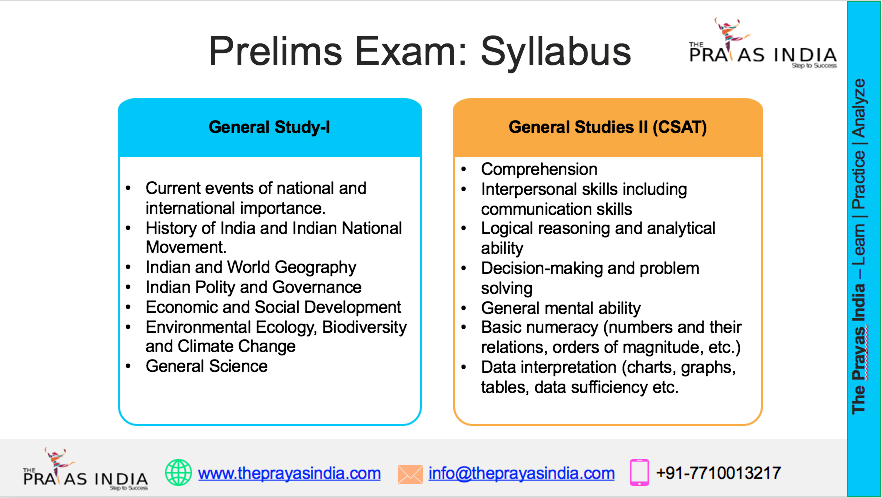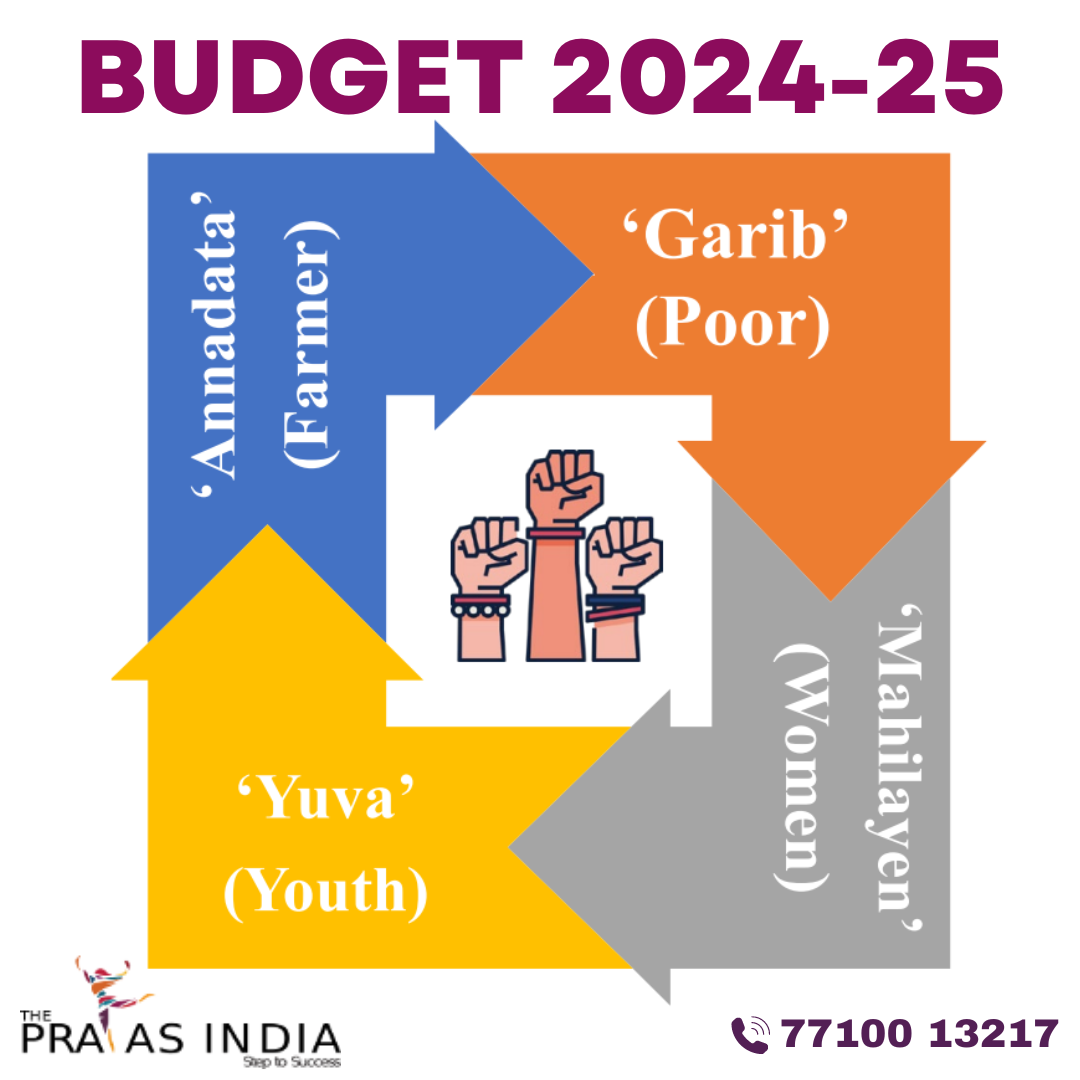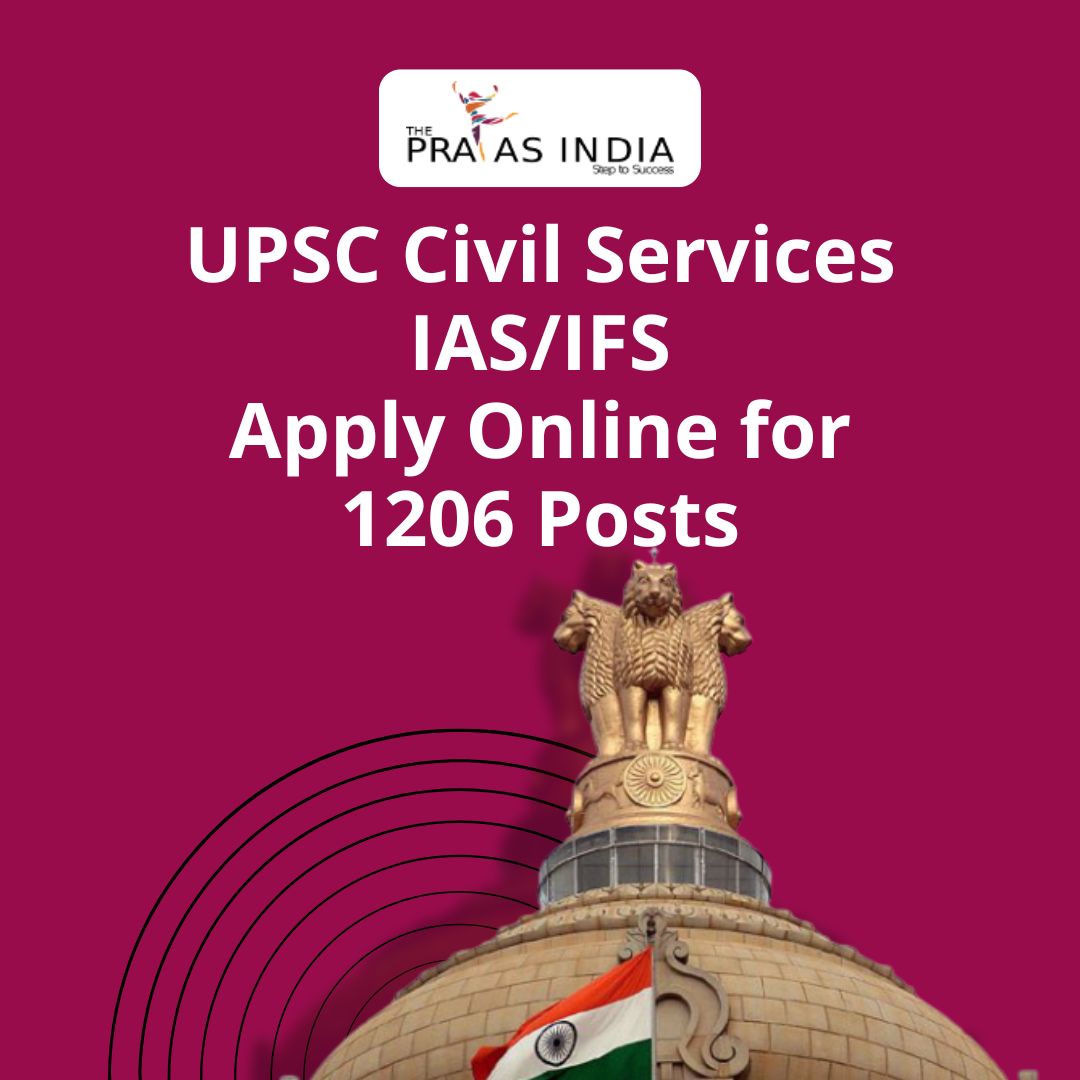JAINISM
Introduction
Jainism as a sect started to come to the forefront in the 6th Century BC. The reasons for this sect to emerge have already been elaborated in the article on Buddhism. (Click Here to read on Buddhism). Vadhaman Mahavira was the 24th Tirthankara of the Jain tradition and played a very critical role in the spread of Jainism.
Life of Vardhaman Mahavira
Vardhaman Mahavira was born at Kundagram near Vaishali. He was the son of King Siddhartha and Queen Trishala. He was married to Yashodha and also had a daughter. However, at the age of 30, Vardhaman Mahavira left his house to become an ascetic. It is believed that at the age of 42, Mahavira attained the Kaivalya-Gynana (Supreme Knowledge) on the banks of Rijupalika river. After the attainment of Supreme Knowledge he was called as the Mahavira or Jina. His followers came to be known as Jains. He passed away aged 72 at Pavapuri near Rajagriha.
Doctrine of Jainism
The entire doctrine of Jainism rests on three pillars, also called as the three gems of Jainism or “Triratnas”. These three ratna’s are;

- Right Faith: It is the belief in the teachings and writings of Mahavira.
- Right Knowledge: It is the acceptance of the belief that every object on Earth possesses a soul. Also, it believes that there is no God and the world has been existing without a creator.
- Right Conduct: It refers to the following of the following vows (Panch-Mahavrata);
- Ahimsa, which means Non-Violence.
- Asteya, which means not to Steal.
- Aparigraha, which means non-attachment/ non-possession to any material thing.
- Satya, which means adherence to truth.
- Brahmacharya, which means adhering to celibacy.

Jainism considers that every object (animate or inanimate) possess a soul and have a varying degree of consciousness. These obejcts feel pain when they are injured. Hence, even the practice of agriculture in Jainism is considered as a sin as it causes hurt to the Earth and worms. Moreover, Mahavira rejected the authority of Vedas and was against the Vedic rituals.
Mahavira organized the Sangha to spread his teachings. Both men and women were allowed in his Sangha. The Jaina’s adopted Prakrit language to spread their religion as it was easily understood by the common people. Chandragupta Maurya was the first known king to patronize Jainism. Other kings who patronized Jainism are Kharvela king of Kalinga and Amoghvarsha – the Rashtrakuta king.
Different Schools of Jainism:

Difference between Digambars and Shvetambars:

Jaina Councils:
There were two Jaina Councils held. The summary of these councils are highlighted in the table below;
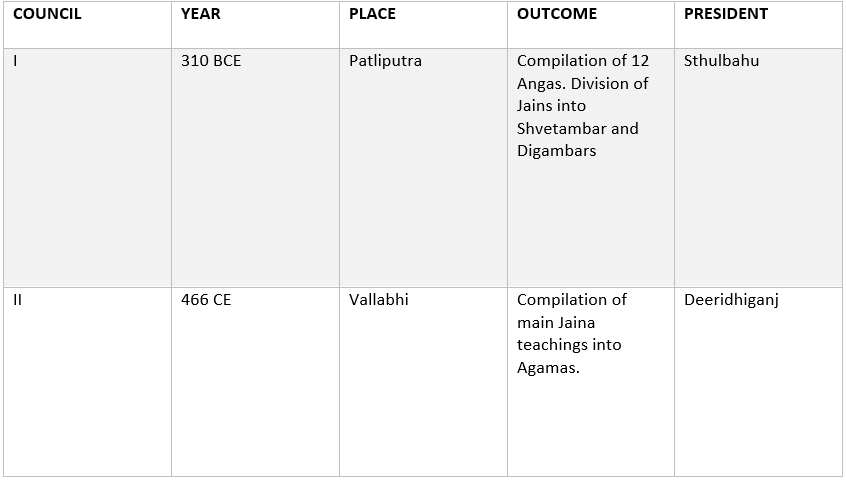
Jaina Literature:
- Bhagwati Sutra: It serves as Mahavira’s biography.
- Kalpasutra: It was written by Bhadrabahu in Sanskrit.
- Chedasutra: It talks about the Jaina monks.
- Tathvartha Sutra: It is the main doctrine of Jaina faith.
Some known Tirthankaras:
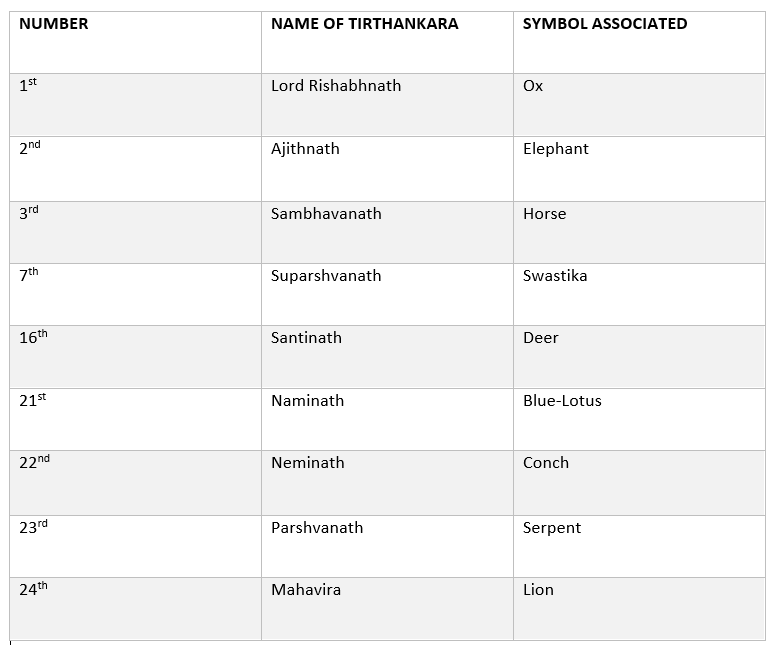


![Prayas-लक्ष्य [UPSC CSE Target] The Prayas India](https://theprayasindia.com/wp-content/uploads/2021/08/Prayas-लक्ष्य-UPSC-CSE-Target-The-Prayas-India-300x167.png)

![Prayas Pre-भेदश [UPSC CSE Prelims Test Series] The Prayas India](https://theprayasindia.com/wp-content/uploads/2021/08/Prayas-Pre-भेदश-UPSC-CSE-Prelims-Test-Series-The-Prayas-India-300x167.png)




